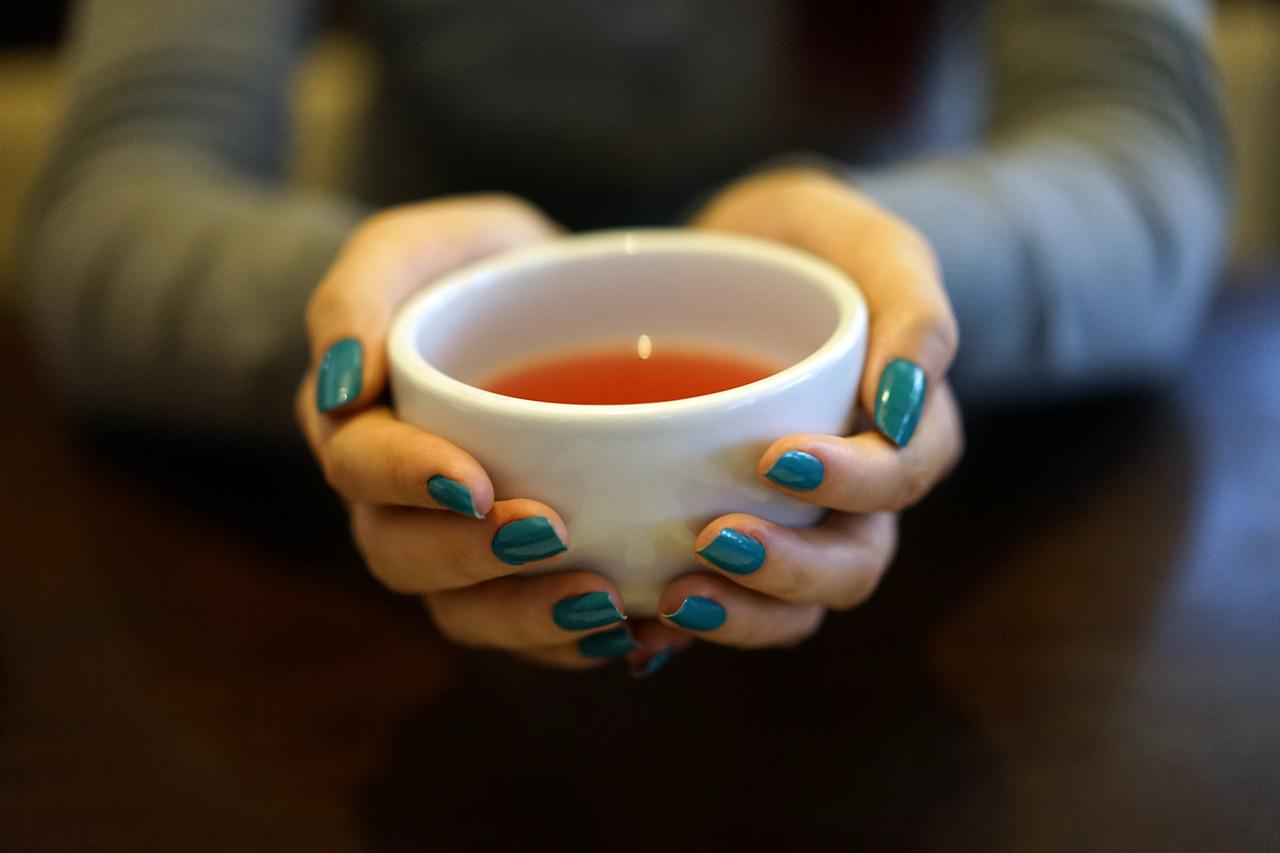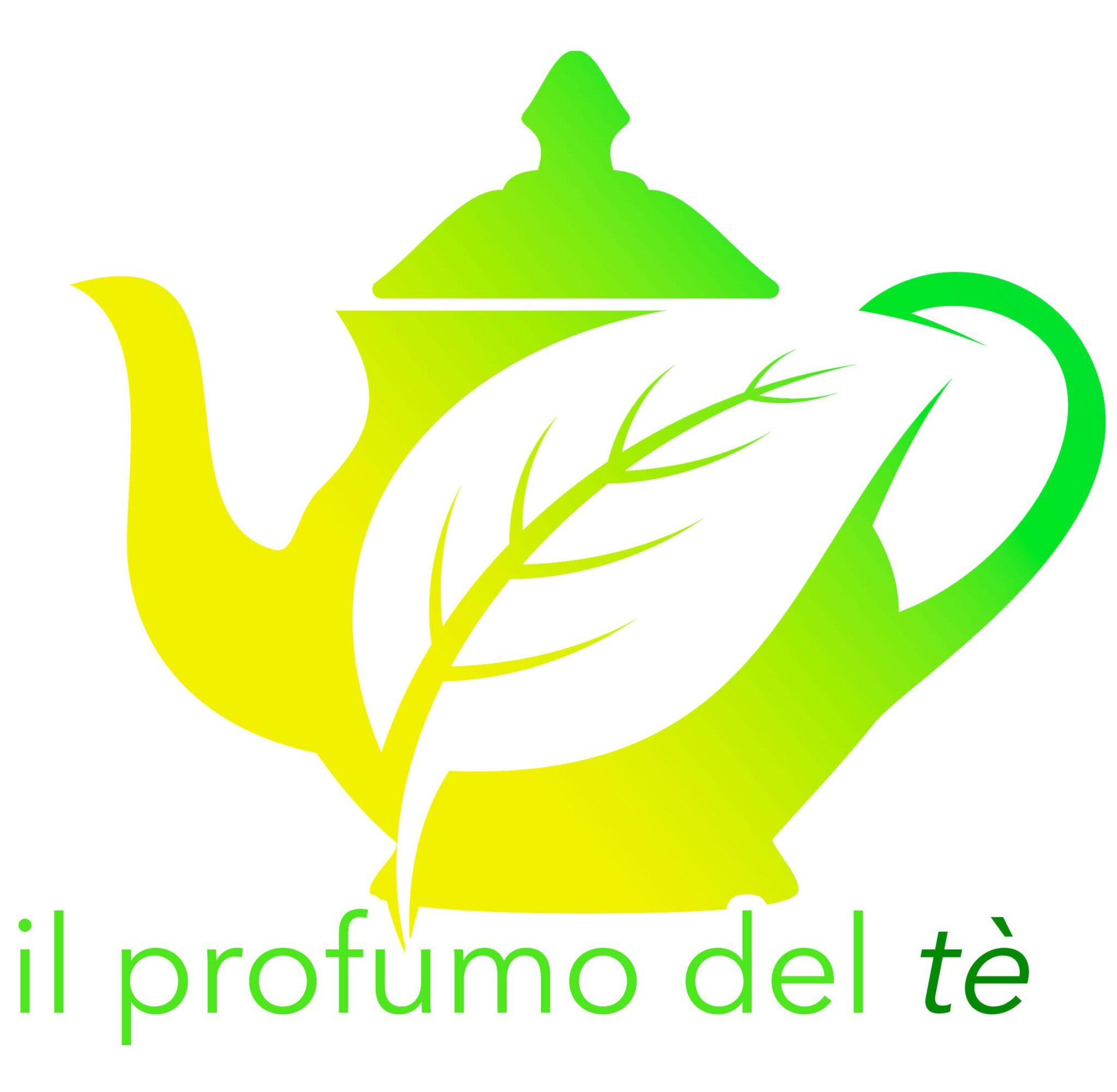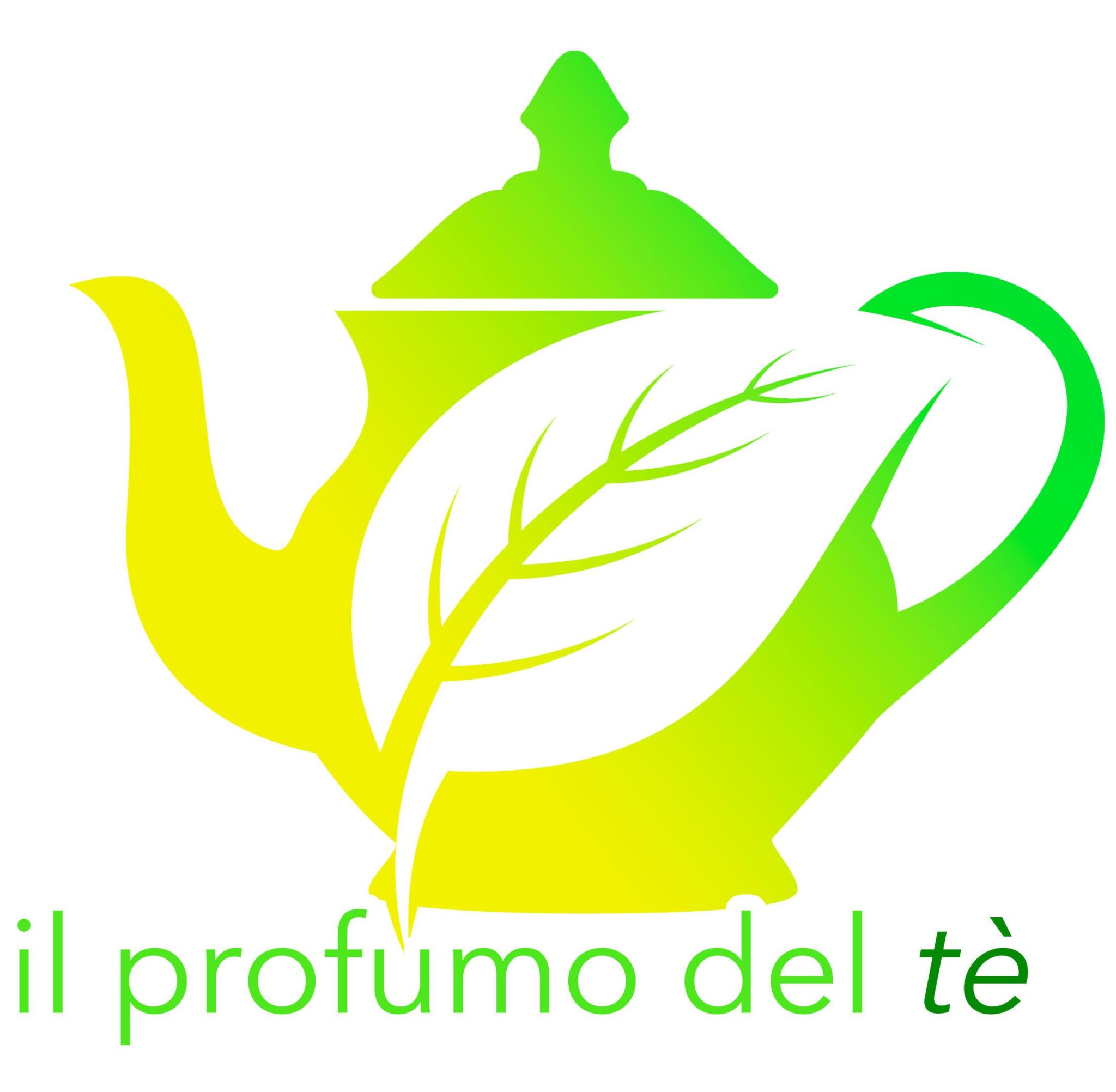Ogni volta che degusto un tè a seconda di una cultura o un rito diverso sento che tutti i cinque sensi sono chiamati a partecipare.
Al tatto posso percepire la porosità dell’argilla di una teiera Yixing che permette di trattenere l’aroma del tè. Mentre quando ho tra le mani una tazza Gaiwan la percepisco più liscia e visivamente più luminosa rispetto all’opacità dell’altra.
Con l‘udito posso nel totale silenzio sentire ogni singolo rumore che fa parte del rito come il liquore che delicatamente fluisce nella tazza e l’acqua calda che bagna le foglie ancora essiccate come una piccola cascata. Il coperchio sulla teiera fa un piccolo suono musicale che ricorda le campane tibetane.
Tutto questo in un atto di pura presenza totale che diventa una vera e propria meditazione.
L’olfatto ci permette di percepire il profumo delle foglie ma anche dello stesso infuso. Le note sono tra le più variate a seconda di dove è stata coltivata la pianta del tè da dove proviene.
Fruttate, agrumate, speziate, legnose, erbacee, floreali, vanigliate, nocciolate e persino di cuoio o marine.
Le stesse note le possiamo sentire durante la degustazione del tè vera e propria quando l’infuso entra in contatto con le nostre papille degustative inebriando i sensi in modo caldo e avvolgente oppure fresco e dolce.
Ogni tipologia di tè è differente come ogni degustazione quindi i nostri cinque sensi percepiranno sensazioni molto diverse tra loro.

The five senses in tea tasting

Every time I taste a tea according to a different culture or rite, I feel that all five senses are called to participate.
To the touch I can perceive the porosity of the clay of a Yixing teapot which allows to retain the aroma of the tea. While when I have a Gaiwan cup in my hands I perceive it smoother and visually brighter than the opacity of the other.
With hearing I can in total silence hear every single noise that is part of the ritual, such as the liqueur that gently flows into the cup and the hot water that bathes the still dried leaves like a small waterfall. The lid on the teapot makes a small musical sound reminiscent of Tibetan bells.
All this in an act of pure total presence that becomes a real meditation.
The sense of smell allows us to perceive the scent of the leaves but also of the infusion itself. The notes are among the most varied depending on where the tea plant was grown and where it comes from.
Fruity, citrus, spicy, woody, herbaceous, floral, vanilla, nutty and even leather or marine.
We can hear the same notes during the actual tea tasting when the infusion comes into contact with our tasting buds, inebriating the senses in a warm and enveloping way or fresh and sweet.
Each type of tea is different like each tasting so our five senses will perceive very different sensations.

Nella degustazione del tè tutti i cinque sensi sono chiamati a partecipare.


No responses yet